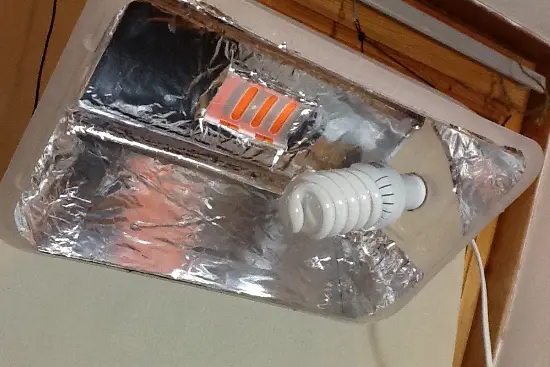Photosynthesis and Tomato Plants
Last week we talked about air movement for transpiration, reducing condensation and helping to prevent diseases.
This week I want to mention the importance of reflected light and air movement for photosynthesis.
We touched on photosynthesis in a previous newsletter but here are some practical tips that we can apply.
Quick re-cap:
Photosynthesis is the way plants make their own food – they use:
- Light – directly or indirectly from the sun
- Water – usually from the soil
- Carbon dioxide absorbed through leaves – from the air around them.
If one of these is in short supply, growth will slow down.
It’s easy to provide the water, but providing enough light and carbon dioxide is more challenging.
Light
Last season in the UK, was the worse for growing tomatoes I’ve ever experienced. Usually too much rain is the problem – last season the biggest problem was providing enough light.
Even my cherry varieties struggled to produce ripe tomatoes let alone the medium and beefsteak ones!
Reason … not enough light.
Tomatoes don’t need full sun all day for photosynthesis and to produce a good crop. In fact, some varieties can make do and create enough energy (sugars) from photosynthesis with very little direct sunlight as long as there is enough reflected light available.
White reflective surfaces increase yield and can be used from the seedling stage to mature fruiting plants. Even a sheet of white paper behind a tray of seedlings helps.
Greenhouse aeration (air flow) helps to make carbon dioxide available.
A sealed greenhouse full of tomato plants, with no new air flowing in, will use-up the available carbon dioxide and growth will be reduced.
Two big tips this season
Use reflective material as much as possible throughout plant growth. Use white plastic sheeting, sheets of paper behind seedlings and even paint fences or walls white if you are growing outside.
Keep the air circulating in the greenhouse – it’s better for the temperature to be reduced slightly than to have a greenhouse full of condensation and air without enough carbon dioxide.
Tip: Professional growers provide extra carbon dioxide for their plants. If you are a home brewer, fermentation gives off carbon dioxide 🙂 Growing tomatoes isn’t the only use for the greenhouse!
Talk to your plants
A few years ago the media made a big thing out of gardeners who talk to their plants. It was suggested that talking to plants makes them grow faster. One reason why this could be so, is because we breathe out carbon dioxide – so get talking … you now have an audience that won’t answer back!
Mystery object

One of our newsletter readers has come up with this excellent idea of using a propagator lid as a reflector (below). The vent can be opened to prevent the heat from the light building-up. Photo and idea from Alan Box.

Keep your eye on the test area as more tests will appear soon.
I look forward to hearing from you in the comments below.
Regards,
Nick
